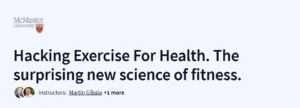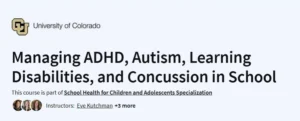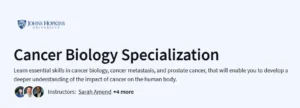What will you learn in this Anatomy of the Chest, Neck, Abdomen, and Pelvis Course
Detailed Human Anatomy: Gain an in-depth understanding of the anatomical structures of the chest, neck, abdomen, and pelvis.
Clinical Relevance: Learn the clinical significance of anatomical structures, enhancing diagnostic and therapeutic skills.
Dissection-Based Learning: Study real human dissections to appreciate the complexity and variability of human anatomy.
Physical Examination Techniques: Develop skills to correlate anatomical knowledge with physical examination findings.
Program Overview
1. Introduction to the Course and Physical Exam
⏳ 2 hours
Understand the course structure and objectives.
Learn the basics of surface anatomy and its importance in clinical practice.
Introduction to physical examination techniques for the chest, neck, and abdomen.
2. Chest Cavity and Lungs
⏳ 1 hour
Explore the anatomy of the thoracic wall and lungs.
Understand the relationships between thoracic structures.
Learn about pleural cavities and lung segmentation.
3. Heart and Pericardium
⏳ 1 hour
Study the anatomy of the heart, including chambers, valves, and major vessels.
Understand the pericardial sac and its clinical significance.
Learn about coronary circulation and cardiac conduction system.
4. Abdominal Wall and Inguinal Region
⏳ 1 hour
Examine the layers of the abdominal wall and their functions.
Understand the anatomy of the inguinal canal and its relevance to hernias.
Learn about the vascular supply and innervation of the abdominal wall.
5. Abdominal Cavity and Digestive Organs
⏳ 1 hour
Explore the peritoneal cavity and its compartments.
Study the anatomy of the stomach, intestines, liver, pancreas, and spleen.
Understand the blood supply and lymphatic drainage of abdominal organs.
6. Retroperitoneal Structures and Kidneys
⏳ 1 hour
Learn about the anatomy of the kidneys, ureters, and adrenal glands.
Understand the relationships of retroperitoneal structures.
Study the vascular supply and innervation of the kidneys.
7. Pelvis and Perineum
⏳ 1 hour
Examine the bony pelvis and pelvic floor muscles.
Understand the anatomy of pelvic organs, including the bladder, rectum, and reproductive organs.
Learn about the perineal region and its clinical importance.
8. Neurovascular Structures
⏳ 1 hour
Study the major nerves and vessels of the trunk.
Understand the autonomic nervous system’s role in trunk organ function.
Learn about lymphatic drainage patterns and their clinical implications.
9. Review and Integration
⏳ 1 hour
Integrate knowledge from previous modules.
Apply anatomical knowledge to clinical scenarios.
Prepare for assessments and practical applications.
Get certificate
Job Outlook
Essential for medical students, healthcare professionals, and anyone pursuing a career in health sciences.
Provides foundational knowledge for specialties like surgery, radiology, and internal medicine.
Enhances clinical skills by correlating anatomy with physical examination and diagnostic imaging.
Specification: Anatomy of the Chest, Neck, Abdomen, and Pelvis
|
FAQs
- Basic biology knowledge is helpful but not mandatory.
- The course introduces anatomy concepts from scratch.
- Suitable for medical students, healthcare professionals, and enthusiasts.
- Focuses on the structural and functional understanding of body regions.
- Emphasizes practical learning for clinical relevance.
- Chest: heart, lungs, and thoracic cavity structures.
- Neck: cervical spine, muscles, and vascular structures.
- Abdomen: digestive organs, vasculature, and lymphatics.
- Pelvis: reproductive, urinary, and supporting structures.
- Connective tissues, nerves, and blood supply associated with each region.
- Includes diagrams, 3D models, and interactive visuals.
- Encourages labeling and identifying anatomical structures.
- Provides quizzes and exercises for retention.
- Case studies highlight clinical relevance of anatomy.
- Supports self-paced exploration of each body region.
- Useful for medical, nursing, and allied health students.
- Supports understanding for clinical procedures and diagnostics.
- Enhances knowledge for anatomy exams and licensing tests.
- Valuable for physiotherapists and medical educators.
- Strengthens foundation for advanced medical or surgical studies.
- Basics can be grasped in 3–4 weeks of consistent study.
- Detailed understanding of all systems may take 2–3 months.
- Hands-on exercises and repeated review accelerate retention.
- Applying knowledge in clinical scenarios reinforces learning.
- Completion provides a strong foundation for medical education or healthcare practice.





